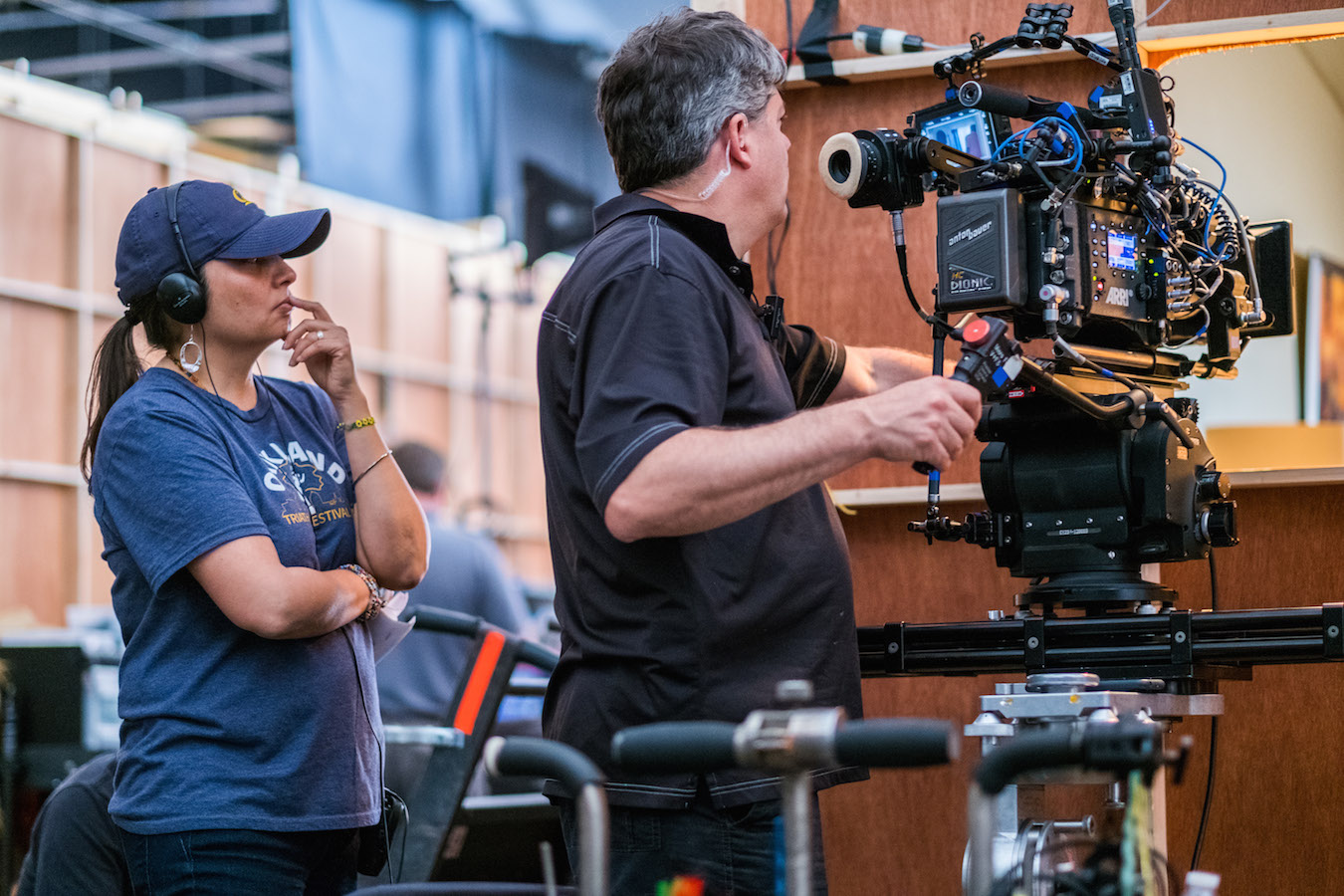By Marisa Treviño
ncluido
There’s no question that women are on TV. From primetime shows to daytime soaps and cable programs to streaming series, women can be seen. But for those who know better, like the researchers at the Center for the Study of Women in Television and Film, looks can be deceiving.
In the Center’s latest annual report, Boxed In 2016-17: Women On Screen and Behind the Scenes in Television, there is a mix of news on the progress of including women in front of and behind the camera, and a whole lot of ugly news about Latinas in the industry.
First, the good news: Yay! Women comprised 42 percent of the major characters on broadcast network, cable and streaming programs. On the surface, that sounds like real progress for anyone who remembers women used to be relegated as “eye candy” in far lesser roles. But enthusiasm wanes when it’s realized that this progress is not a steady climb. In 2014-2015, women held 40 percent of the major characters in these mediums. Then in 2015-2016, women dropped to only 38 percent and now a year later they’re up to 42 percent.
Real progress would be a consistent climb forward, not a slide back then forward again.
Behind the camera and across platforms, “women fared best as producers (39%), followed by writers (33%), executive producers (28%), creators (23%), editors (22%), directors(17%), and directors of photography (3%).” But don’t get too excited.
Again, looks can be deceiving.
The employment of women working in key behind-the-scenes positions on broadcast network programs has stalled, with no meaningful progress over the last decade. Women comprised 27% of all creators, directors, writers, producers, executive producers, editors, and directors of photography working on broadcast network programs. This represents no change from 2015-16, and an increase of only 1 percentage point since 2006-07.
Some bona fide good news is that Blacks and Asians are achieving historically high representation in the industry. The percentage of Black females increased from 17% in 2015-16 to 21% in 2016-17, and Asian women increased from 5% in 2015-16 to 7% in 2016-17.
Unfortunately, the bad news puts everything into context.
Of all the programs, the Center’s researchers surveyed, 68 percent of the programs had casts with more males than females.
Other depressing news:
Across platforms, female characters were more likely than males to play personal life-oriented roles, such as wife and mother. In contrast, male characters were more likely than females to play work-oriented roles, such as business executive.
Regardless of platform, gender stereotypes on television programs abound. Female characters were younger than their male counterparts, more likely than men to be identified by their marital status, and less likely than men to be seen at work and actually working.
Across platforms, startlingly high percentages of programs employed no women in the behind-the-scenes roles considered. 97% of the programs considered had no women directors of photography, 85% had no women directors, 75% had no women editors, 74% had no women creators, 67% had no women writers, 23% had no women producers, and 20% had no women executive producers.
Now for the feo of the feo news to come out of this research: Latinas accounted for only 5 percent of all female characters with speaking roles in 2016-17, while Black females attained 21 percent and Asian females 7 percent.
In a country, according to the US Census, where Latinos comprise 17.8 percent of the population versus African Americans’ 13.3 percent and Asians’ 5.7 percent, the lack of Latina representation in the film and tv industry isn’t just “underrepresentation” but a gross miscarriage of inclusion.
Do these media executives fail to hire Latinas because they think English isn’t their first language? Or that they get enough opportunities within the Spanish-language television and film industry? Or they don’t need the work?
Or is it something deeper?
Whatever it is, once again, it proves that for change to happen parties have to force the issue. And in the meantime, since no one’s getting any younger, the only way to move ahead is to stop waiting for that proverbial job break and take it upon ourselves to yell — “ACTION.”
Featured Photo: Filmmaker and Director Aurora Guerrero directs on set of ‘Queen Sugar.’ Photo by Alfonso Bresciani. © 2017 Warner Bros. Entertainment Inc / Courtesy of OWN



